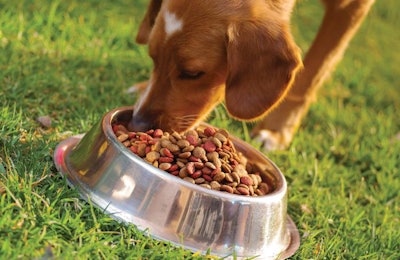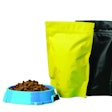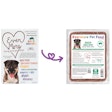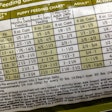
Petfood Industry asked PMMI, the Association for Packaging and Processing Technologies, their thoughts on a current hot topic in the pet food industry: clean label. Here’s what Jorge Izquierdo, vice president, market development for PMMI, had to say on the subject:
- What do you believe the phrase “clean label” means to pet food customers? What kind of challenges do conflicting definitions present to the industry from your perspective?
Across the board, a “clean label” describes a product that is full of rich, natural ingredients with minimal to no additives or preservatives. For the pet food industry, this definition is no different. Pet owners increasingly regard their animals as true family members and select dry and wet foods that meet the same high standards of their own consumer foods. They want to look at a product and find a clear, short list of recognizable ingredients, like whole grains, organic vegetables and real, high-quality meats. Often, clean labels on pet foods will not only reveal these kinds of contents but also call out other wellness benefits important to pet lifestyles, including better digestion, heart health, tooth and gum protection and more.
In some cases, “clean label” may confuse consumers because brands do not define the term the same way. For example, some products with clean labels contain all organic ingredients, while another clean label product may not feature any organic contents at all. As a result, food producers must provide accurate information and consumers must not make assumptions that all “healthy” products are healthy for the same reasons.
- How does “clean label” affect other major industry trends?
The growing popularity of the clean label approach certainly supports greater consumer demand for healthier options that promote wellness. It also goes hand in hand with sustainability movements, driving brands to create products that provide benefits for both consumer health and environmental health. Pet food producers can check both boxes by implementing packaging formats like stand-up pouches or retort pouches, which can utilize high contents of recycled polyethylene or aluminum and also provide more real estate on the front of the product to communicate clean label messages to consumers.
- What challenges and opportunities do you believe the clean label trend overall presents the industry from your perspective?
Pet food manufacturers leaning into the clean label trend must develop new packaging designs and processing techniques that meet the distinct needs of additive-free, more natural products. While it may be challenging to adapt traditional production to fit the requirements of new ingredients, manufacturers have a unique opportunity to explore new technologies that can add value to their products.
Advancements in processing and packaging methods can help to uphold the natural qualities of clean label pet foods. For the interior of the package, high-barrier films can prevent oxidation and lock in freshness without using preservatives, prolonging product shelf life and maintaining taste, consistency and flavor. On the exterior, digital printing technologies can produce crisp, high-quality graphics to support brand goals of highlighting key health benefits on their labels, potentially improving consumers’ understanding of a product and enhancing brand awareness.
PMMI produces PACK EXPO, an annual event catering to packaged goods industries and co-located with the Healthcare Packaging Expo. This year’s event, PACK EXPO Las Vegas 2019, will be held September 23–25 at the Las Vegas Convention Center in Las Vegas, Nevada, USA.

















